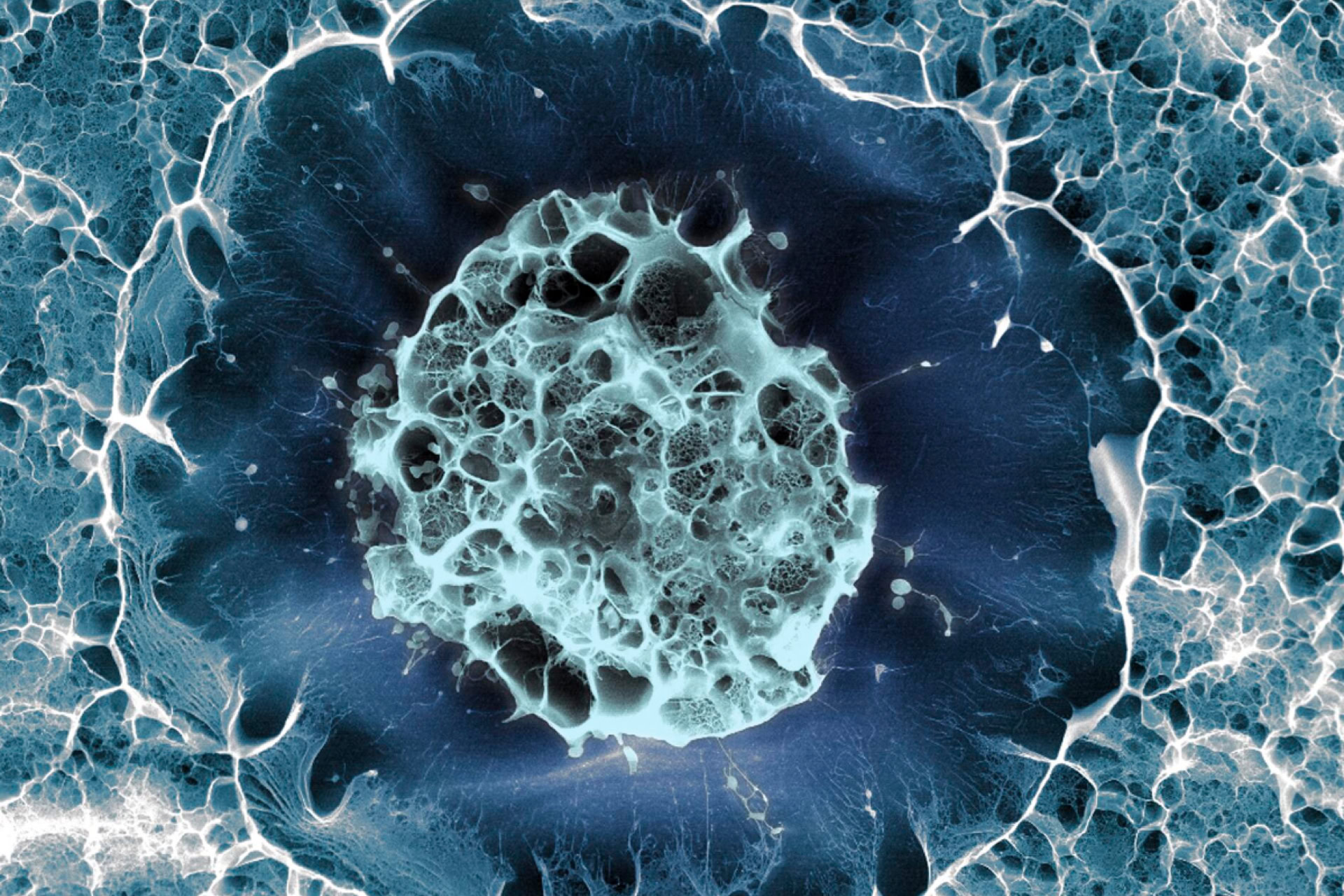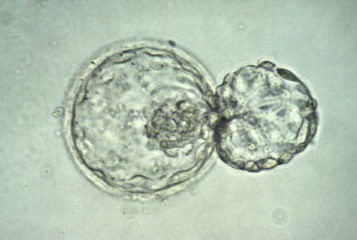A lab in London where scientists grow human noses and windpipes has opened its doors to the press.
The research lab at University College London's Royal Free Hospital is one of only a handful around the world that grows replacement body parts.
'It's like making a cake', says Professor Alexander Seifalian. 'We just use a different kind of oven'.
To date only a few artificial organs grown in the UK have been used in transplants. These have included tear ducts and blood vessels. Professor Seifalian's group was also involved in growing an artificial windpipe for a cancer patient, which was the first organ transplanted in the UK containing absolutely no components from a donor (see BioNews 615).
The techniques developed by the group allow them to grow a range of different organs. Perhaps the oddest current specimen is a nose, designed for a patient who lost his to cancer.
The team made the replacement by creating a mould of the patient's original nose, which was then filled with Professor Seifalian's patented polymer. Sugar and salt were added so that, once the polymer has hardened, it could be dissolved to leave a honeycomb structure that gave the material a spongy texture, mimicking the feel of a real nose.
Stem cells taken from the patient's fat were grown on the structure. The nose was transplanted temporarily under the surface of the man's arm, in order to cover it with skin. Once regulatory approval is received, the nose will be transplanted onto the man's face.
The research team's next major challenge is to grow ears.
'Ears are harder to make than noses because you have to get all the contours right and the skin is pulled tight so you can see its entire structure', Michelle Griffin, a clinical research fellow in Professor Seifalian's lab, told Associated Press.
Noses on arms and ears in dishes might seem like something from a horror film, but this unusual research could have a huge impact on the lives of the intended recipients.
Dr Eileen Gentleman, an expert in tissue engineering at King's College London, told Associated Press that the fact that Professor Seifalian's structures are 'good enough for his patients to have a functional windpipe [or] tear duct is pretty amazing'.
However, she added: 'Scientists have got to get things like noses and ears right before we can move onto something like a kidney, lungs or a liver, which is much more complicated'.
Professor Seifalian's group were given the opportunity to showcase their research as London's mayor, Boris Johnson, launched a bid to attract investment in life sciences and medical to the 'golden triangle' of London, Cambridge and Oxford.





Leave a Reply
You must be logged in to post a comment.